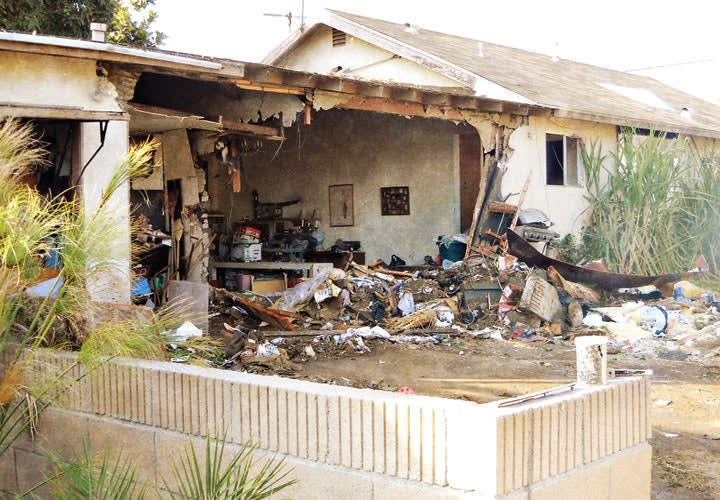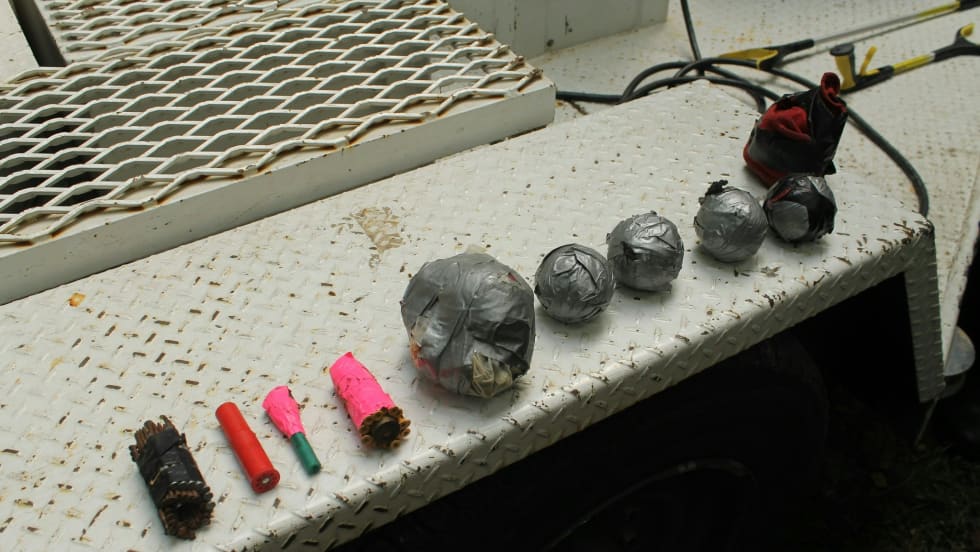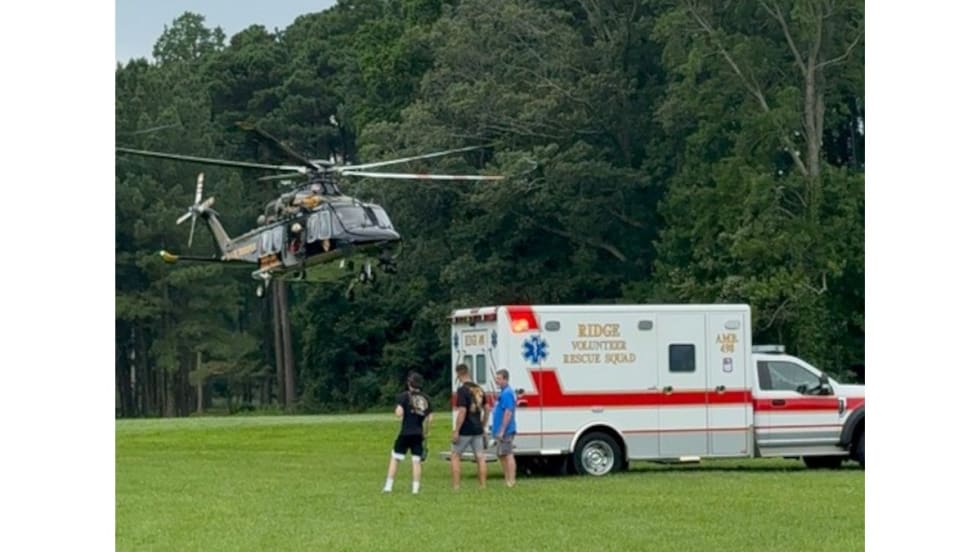While the Israelites were limited to crude weapons and technology, backed up by a little divine intervention, the modern day equivalent of the tactic-using armored vehicles and heavy construction equipment to tear into structures-appears to be catching on with SWAT operators. Why risk our officers' lives when we can use our own version of the "Jericho Solution" to bring down the walls on barricaded gunmen?
Modern Day Precedent
Israel's military has used armored Caterpillar bulldozers for years to deal with barricaded gunmen and terrorists, with great success, if not in the press, at least on the battlefield. Generally a practical army, the Israel Defense Forces quickly realized that storming structures occupied by fanatical gunmen was often an exercise in wasted lives. So Israeli tacticians developed a heavily armored bulldozer that their troops could simply drive over and/or through the structure, reducing both the terrorist and the building itself to rubble.
Now admittedly, as American law enforcement officers, our ability to obtain armored bulldozers and drive over suspects—no matter how appealing the thought—is somewhat limited. Law, policy, cost, circumstances, and what would most likely be a highly unfavorable backlash from the media and human rights folks make such a tactic impractical. However, some American police tactical teams have adopted a modified "Jericho Solution" that has proven highly effective.
What if your bad guy is a heavily armed and dangerous suspect, barricaded by himself inside a structure? What if he refuses to surrender or fails to engage in meaningful negotiations? Would these circumstances warrant the unusual and possibly very costly tactic of reducing the walls so as to allow visual and physical access to the structure in the safest manner possible?












